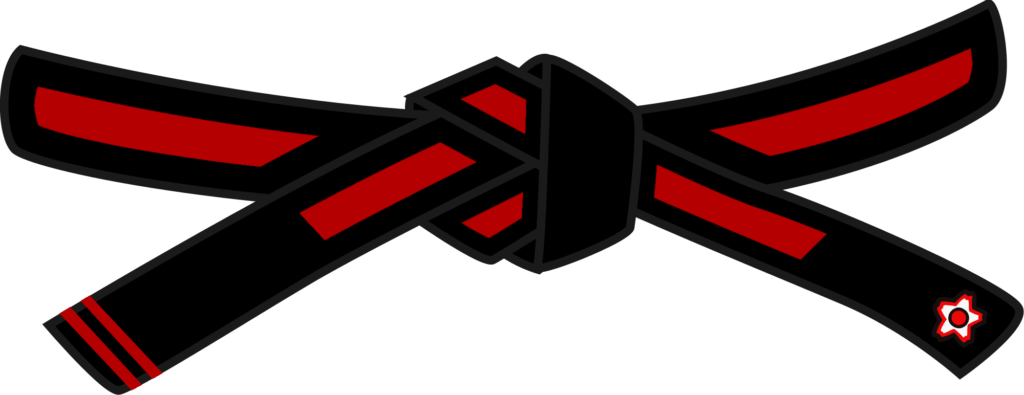Ni Dan
(2nd Degree)
Pre-requisites
- A financial member in long standing with the Kyushin Ryu School of Jujitsu
- A person of superior moral character
- A superior level of fitness
- A regular participant in training sessions and other School activities
- A regular instructor of classes for juniors and senior kyu grades
- A current NCAP coach
- The holder of Sho Dan for a minimum period of one year
******
The grading panel for Ni Dan and above must consist of a minimum of three examiners. The Principal of the School shall be the Chairperson, and at least one other Panel Member shall hold at least one rank higher than the level to be attained by the candidate. A successful pass shall exist only where the Chairperson and at least one other nominated panel member concur.
The various Parts to a black belt grading may be conducted during one or more sessions at a time, at the discretion of the Panel Chairperson – taking into account the age and physical capabilities of the candidate.
Part A – Theoretical Knowledge
A.1
Demonstrate a superior knowledge of all previous grading requirements, with a clear indication of greater depth and comprehension
A.2
Provide a paper of not less than 1,500 words on any aspect of Jujitsu which clearly demonstrates a superior knowledge of the subject
A.3
Conduct a 15 minute session on a selected topic, involving at least two techniques from each of the following areas:
- Nage Waza (Throwing Techniques)
- Atemi Waza (Striking Techniques)
- Kansetsu Waza (Joint-locking Techniques)
Part B – Practical Knowledge
B.1
Demonstrate a superior level of knowledge and practical ability in the art of break-falling techniques (ukemi waza)
B.2
Demonstrate a superior level of ability and in-depth knowledge of the following:
- All techniques may be requested to be performed on right and/or left side
- All techniques performed from a standing position may be selected at random by the Panel Chairperson to be demonstrated to follow on to an appropriate technique on the ground
- 6 Hip Throws
- 7 Leg Throws
- 3 Shoulder Throws
- 7 Hand Throws
- 7 Sacrifice Throws
- 6 Takedowns
- 12 Target Areas
- 7 Punches
- 7 Kicks
- 7 Blocks
- 12 Arm Locks
- 11 Leg Locks
- 12 Strangles
- 7 Head Locks
- 7 Standing Restraint Holds
- 11 Ground Restraint Holds
B.3
Successful participation in skills-based competitions at inter-club level
Part C – Technical Knowledge
C.1
The ability to perform all previous kata as tori and uke, with a clearly superior level of skill
C.2
Demonstrate the following kata as tori and uke:
- Nage no Kata (Complete Kata)
Part D – Application of knowledge
The ability to perform all previous counters and controls of aggressors in various situations, with a clearly superior level of skill. Greater emphasis for this grading is the focus on multiple attacks and sword defences.

